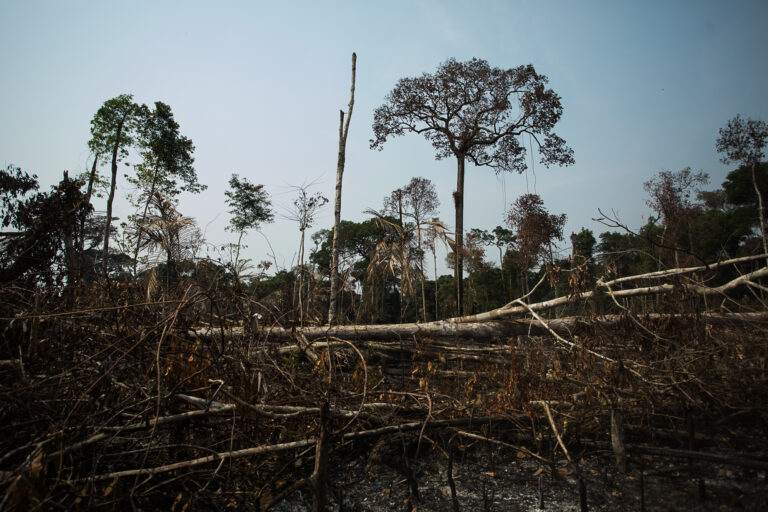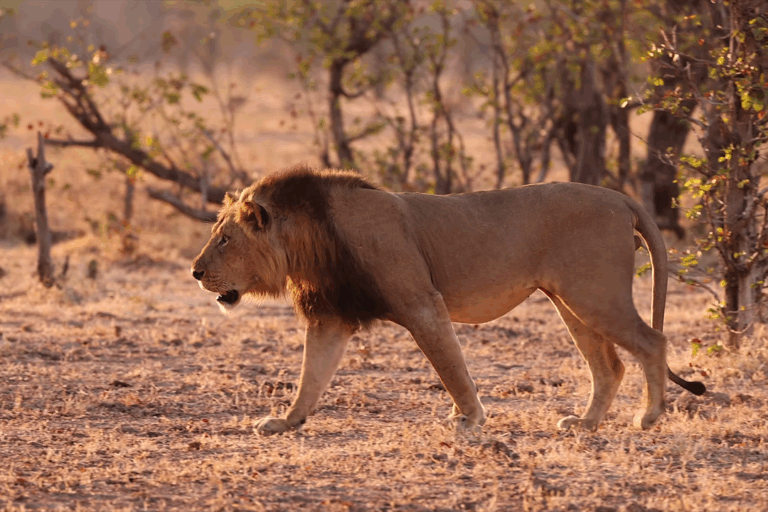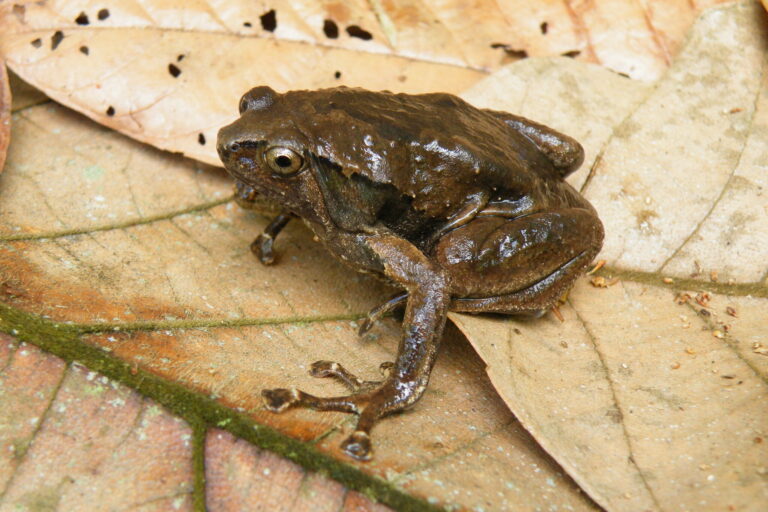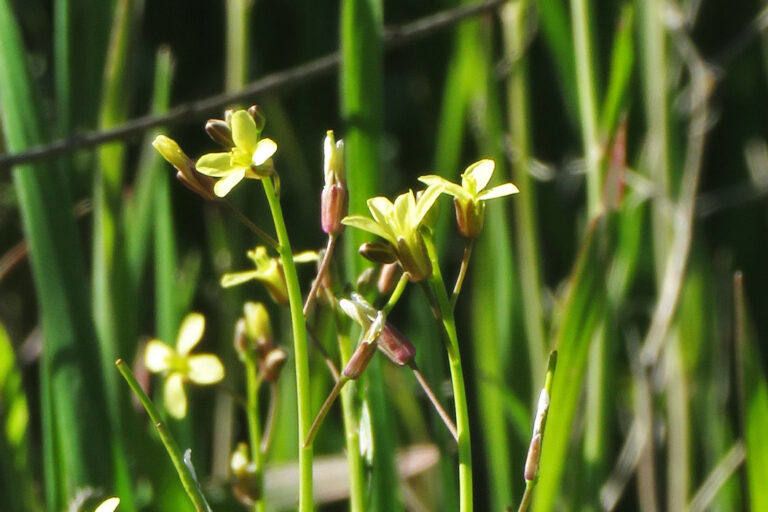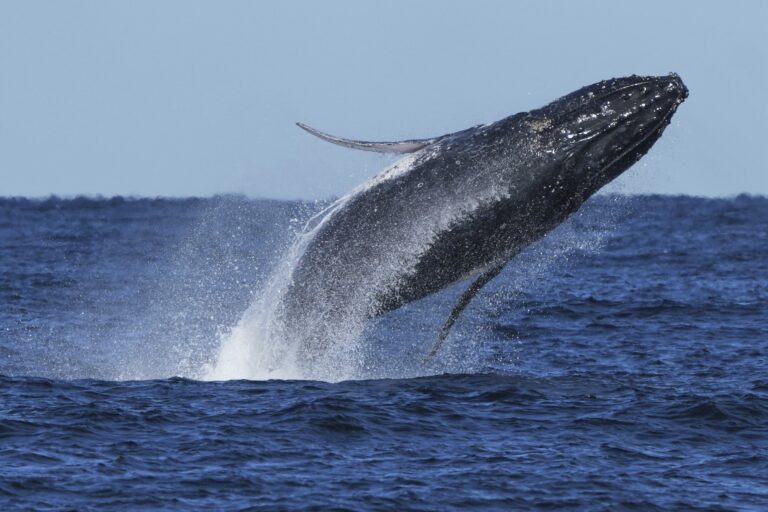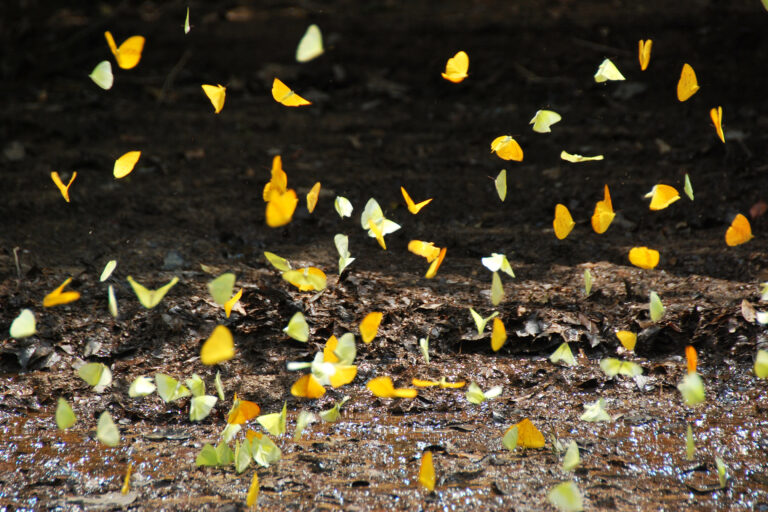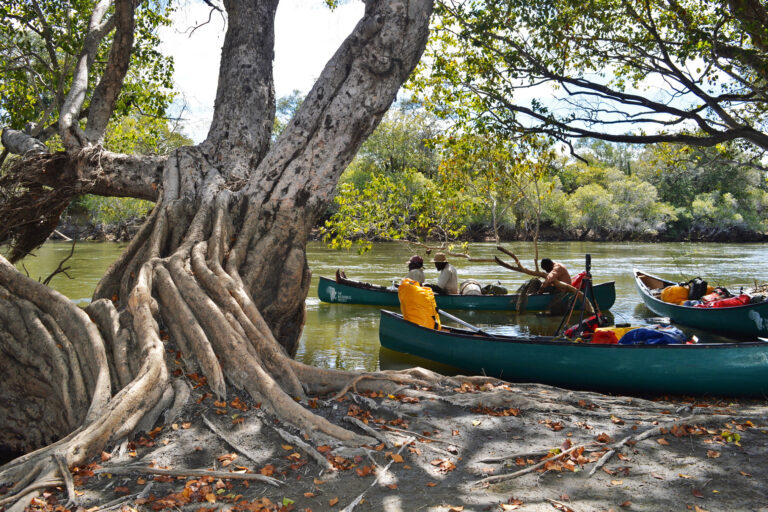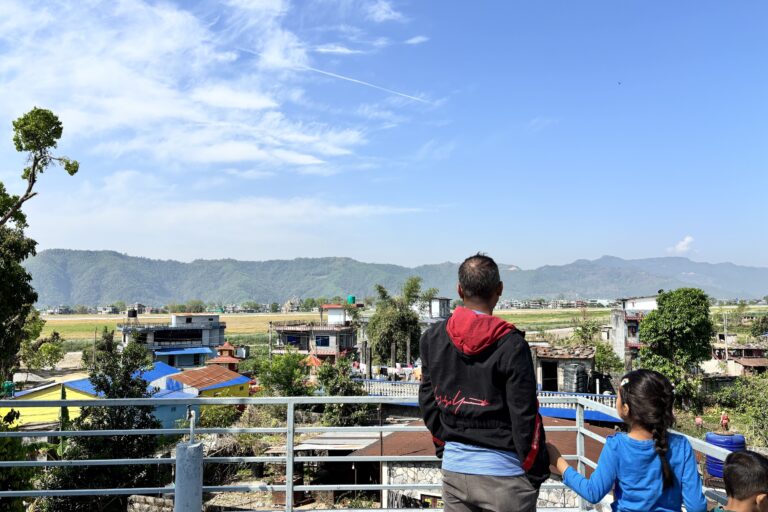- A new and alarming pattern of destruction is emerging in the rainforest, challenging Brazilian authorities ahead of COP30.
- After plunging in 2023 and 2024, deforestation in the Amazon surged 92% in May and is up 27% in 2025, half of it in recently burned land — an all-time high.
- The biome’s increased susceptibility to fire makes it a more attractive and less risky method for criminals seeking illegal deforestation, according to experts.
- This dramatic increase in forest loss presents a major challenge for Brazil’s government, which aims to lead conservation talks, ahead of COP30, in November.
Brazil’s environmental agenda is tasting bittersweet in 2025. While the country’s northern capital city of Belém is wrapped in global expectations for hosting the COP30 U.N. climate summit in November, loud alarms have sounded in the Amazon due to a noticeable growth in deforestation in the first months of the year.
In May, deforestation reached 960 square kilometres (around 370 square miles), a 92% increase compared with the same month in 2024, according to data from the Ministry of the Environment and Climate Change. The numbers are part of a broader problem: Brazil’s space agency, INPE, had already indicated in April that alerts of forest loss had risen by 55% in 2025, suggesting that a big-scale upward trend could be in progress.
A mid-year review published in July corroborated the forecast. From January to June, deforestation alerts covered 2,090 square kilometers (806 square miles), 27% more than in the same period last year, the highest since 2023, according to INPE.
Authorities are now trying to piece together the puzzle, especially as recent reports bring an unprecedented aspect. When unraveling the data in early June, João Paulo Capobianco, executive secretary for the environment ministry, stated that more than half (51%) of the recently detected deforestation was recorded in portions of the forest that were recently burned. To make matters worse, this issue is gaining steam: from an average of 6.6% between 2016 and 2022, it jumped to 21% in May 2024, until reaching the recently registered record-breaking levels.
In a statement, the environment ministry said that “areas under alert for ‘deforestation with vegetation,’ corresponding to fire-affected places, rose 266%” compared to the first semester of 2024.
Capobianco said the government is facing a “new fact.” He explained that the impact of forest fires throughout history has been “relatively low” on deforestation rates. “But now, with a worsening of climate change and the greater fragility of forest cover, including primary cover, we are beginning to see a shift in that scenario,” Capobianco told reporters in a press conference in June.
Explaining what is behind the upsurge is as important as addressing solutions to prevent further bad news ahead of COP30. The situation poses specific challenges to President Luiz Inácio Lula da Silva, who placed conservation at the top of his agenda following years of dismantling policies under Jair Bolsonaro (2019-22). And although Amazon deforestation has dropped 30% under Lula (from August 2023 to July 2024, reaching a nine-year low), latest reports all but bury the chances of a new optimistic August-July update, putting officials on a tightrope — as the annual data are set to be published close to the COP’s kickoff.
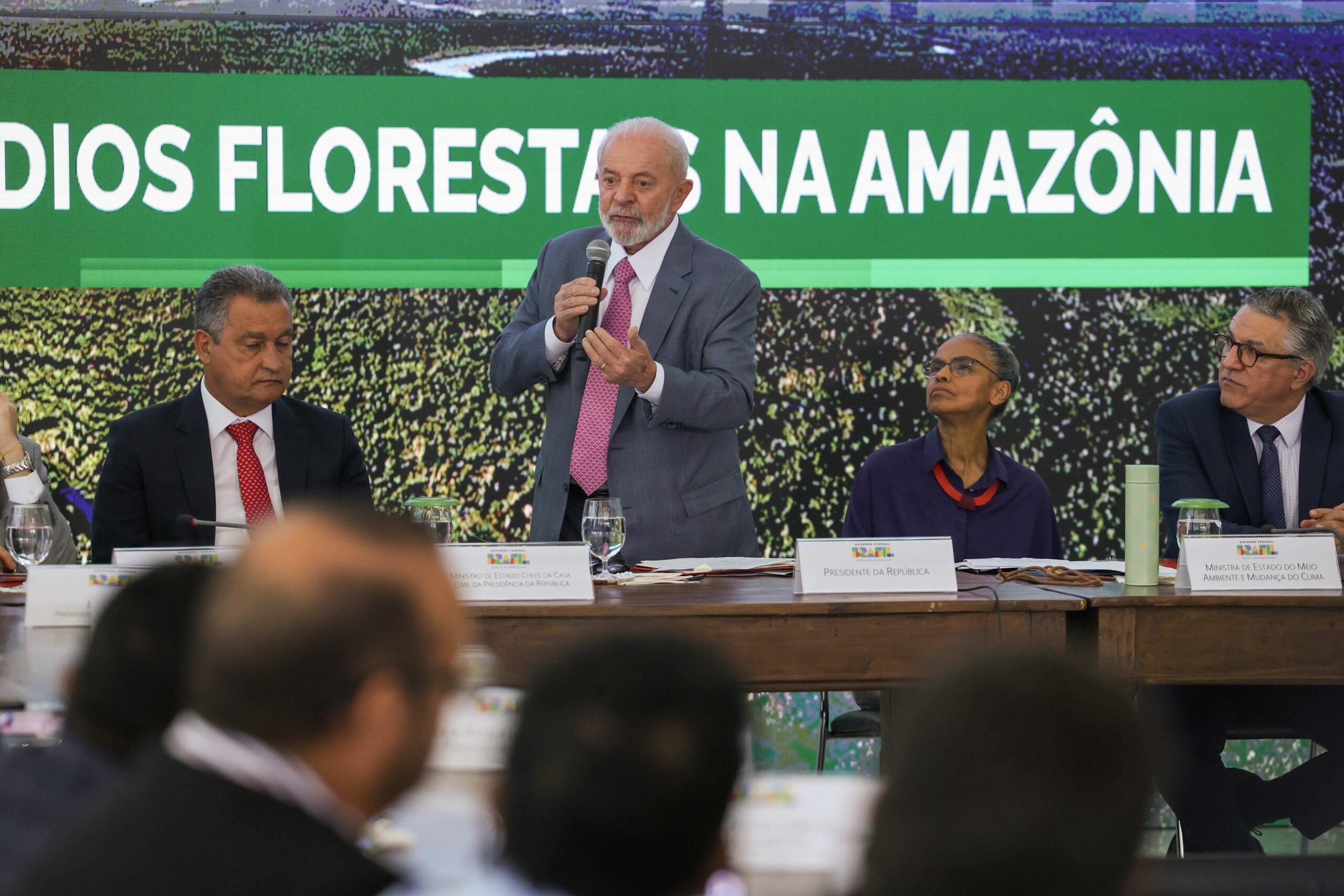
Fires reshape Brazil’s deforestation crisis
According to Capobianco, recent technical analyses confirm warnings made by scientists. “The tropical forest, which is naturally immune to large fires due to its humidity, is suffering a huge impact from climate change, reducing its resistance to fires and becoming more vulnerable,” he said.
The federal government has long assumed that many of these fires are criminal. Deforesters take advantage of the biome’s continental dimensions and poor law enforcement, the assumption goes, to set forests on fire as a way to speed the land-clearing process.
Mongabay questioned the environment ministry on whether criminal fires have already been observed as a “new tactic” to eliminate forest. The office did not specifically answer the question, although it reiterated the unparalleled preponderance of fires in recent deforestation data.
Fighting flames has become a high priority for authorities in recent times. In 2024, a nationwide “war” was announced as outbreaks impacted not just the Amazon, but also the Cerrado savanna and the Pantanal wetlands – both extremely biodiverse. Studies have also described the flames as the main recent cause of the Atlantic Forest’s loss.
Efforts continued with an environmental emergency being declared in March ahead of this year’s fire season. The following month, Lula’s team launched a criminal fire prevention campaign, this time focusing on the Amazon territory with the support of state and municipal bodies. The initiative said it “aims to raise awareness among the local population about the consequences of unauthorized fires” within the Amazon.
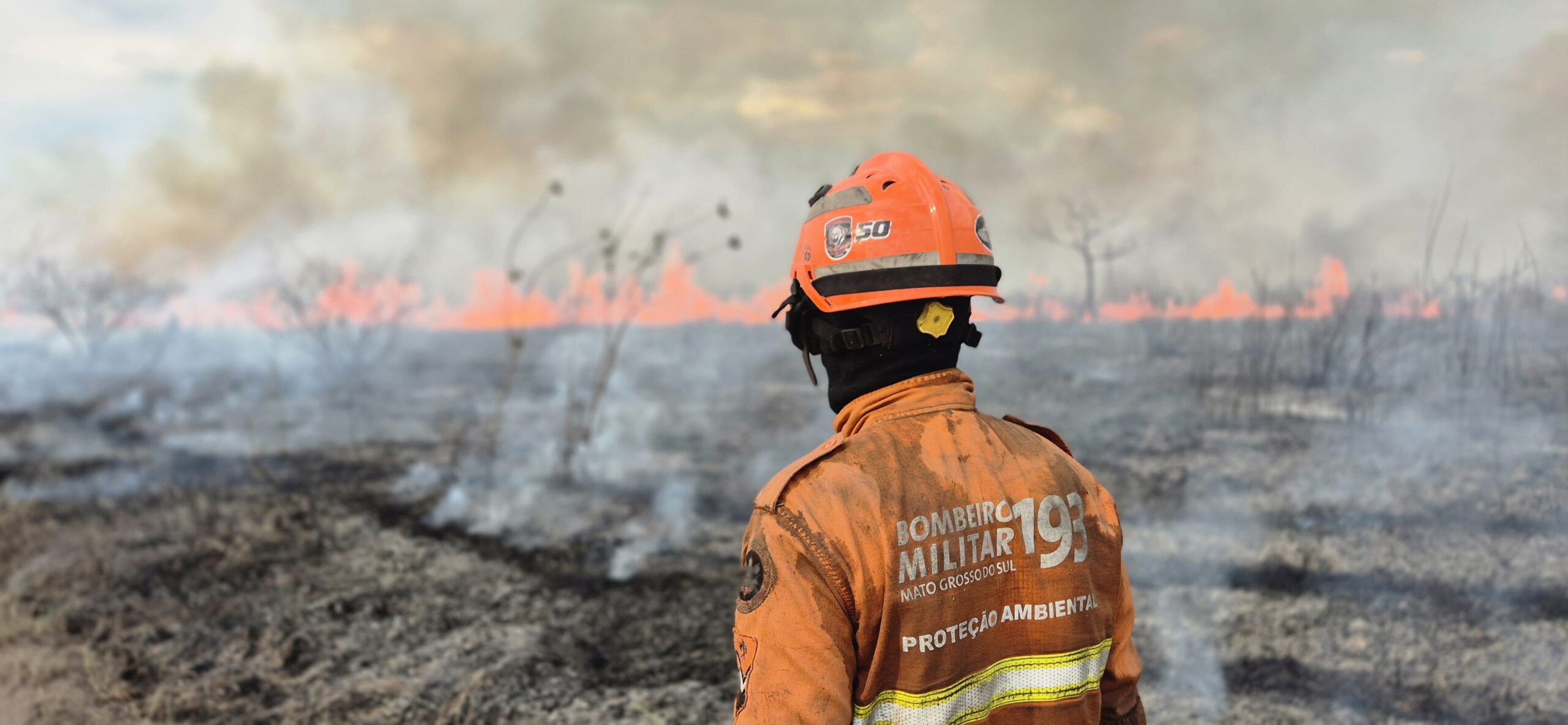
But none of the recent alerts has provided as much detail on the problem’s dimensions as the Annual Fire Report, by the Brazilian monitoring platform MapBiomas. Released in June, it has revealed that the Amazon in 2024 registered the largest burned area since 1985, when monitoring began. The rainforest was “by far, the biome that burned the most” in Brazil, according to the report.
Around 15.6 million hectares [38.5 million acres] of the Amazon were burned, which represents 52% of the total area affected by fires in 2024 and 117% higher than the historical average, MapBiomas reported.
These numbers and considerations add to experts’ widespread concerns about the correlation between the ongoing forest fire epidemic and increasing deforestation statistics.
Ane Alencar, director of science at the Amazon Environmental Research Institute, said multiple environmental conditions have turned the forest into an “easy prey” for opportunistic arsonists.
“In 2024, as the forest was dry, flammable and prone to fire spread, it became an opportunity for land-grabbers and others interested in invading the area to change the forest’s status using fire,” Alencar told Mongabay. “The climate [conditions] allowed this strategy: of using fire directly as a tool for converting forest to non-forest,” she said.
According to Alencar, fires turned out to be a safer way to clear land and get away with it. “[Using fire in that context] would offer less risk, for example, for criminals to be caught red-handed. It’s different from the case of [traditional] illegal deforestation, which requires deforesters to use people and machinery, etc. Many people who want to deforest illegally will benefit from the biome’s conditions — and will use fire for that end.”
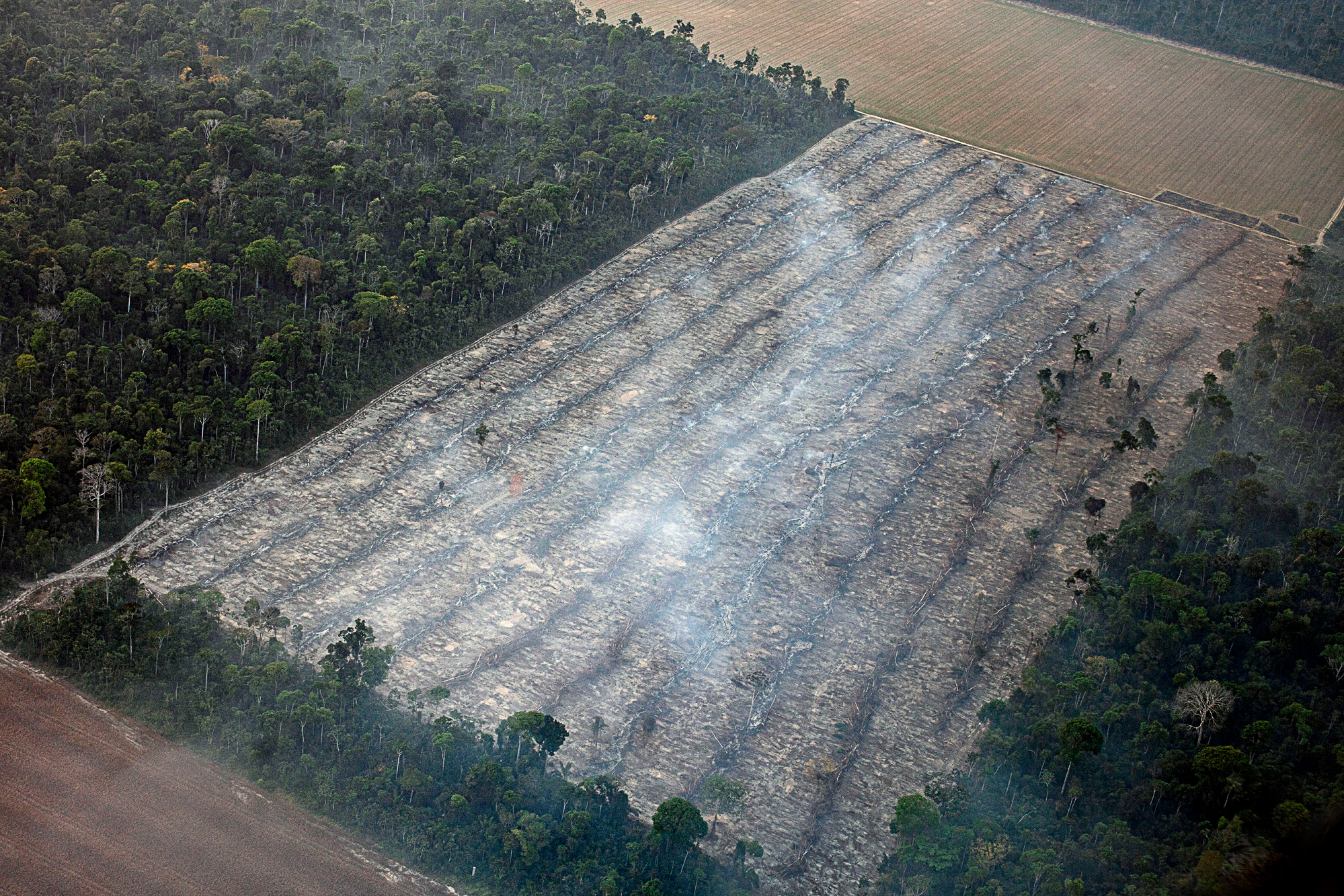
A change in forest fire patterns
Also according to MapBiomas, some “qualitative changes” were detected. The report states that, for the first time, forest vegetation has become the land cover most affected by fires in the Amazon, reaching 43% of the burned area in the biome, overcoming pastures (33.7%).
Marcio Astrini, executive secretary of Brazil’s Climate Observatory, said these changes draw attention as it emerges as a new method of forest degradation, resulting in additional perils to a biome that is becoming, in his words, increasingly “less resilient.”
“Fires [usually] occur after the forest is cut down,” he told Mongabay. “Someone enters an area, cuts down the forest and sets it on fire, leading to the process of ‘cleaning’ the site. But what is surprising in recent analyses is that these forests are being torched even before being cut.”
Moreover, the fire crisis is part of a broader drama that has been affecting all of South America, with flames spreading across all nine Amazonian countries. Last year, more than half a million fire outbreaks were registered in the region — the highest figures in 14 years.
Astriani says it could put the forest in a self-reinforcing cycle of destruction.
“We are talking of parts of the forests that are being put down while still alive, speeding up the process of deforestation. And this accelerated action, as noted by authorities, happens as woodland regions become increasingly warmer, more vulnerable, and more exposed to forest loss. The ongoing aggression of the forest, alongside global warming, makes the biome less resilient. And, as a result, it becomes very easy [for people] to deforest the Amazon using fire.”

Actions, challenges and opportunities ahead
As deforestation advances in the Amazon closer to COP30, Brazil looks for solutions.
In early June, President Lula announced 825.7 million reais ($150 million) from the Amazon Fund to boost enforcement. It’s the largest-ever financial aid through the fund, a conservation initiative established in 2008 with donations from countries such as Norway, Germany and the U.S.
The government says the 60-month plan comes to “expand the state’s presence” in the Amazon, as well as to “modernize the response to illegal deforestation” within the biome. The program includes the acquisition of heavy equipment, such as helicopters with firepower and drones, as well as training and monitoring centers and artificial intelligence systems to watch remote areas.
“In a way, there is always the perception that governments can do more,” Magno Botelho Castelo Branco, a climate change professor at Mackenzie Presbyterian University in São Paulo, told Mongabay. “However, the Brazilian administration has today some elements to stand for: It can show it is investing more, that [deforestation] rates have fallen overall and that climate change is something that is often out of control. Also, rich countries are historical [greenhouse gas] emitters. In case bad news comes [near the COP], it could be a time to ask for more of their support.”
Castelo Branco also expressed concern about the change in deforestation patterns in the Amazon. He said Brazil, meanwhile, must keep its goals of lowering deforestation to zero by 2030 – although the objective seems hard to achieve.
“The goals are ambitious, utopian, but must be followed. In the meantime, Brazil has to tell the world that the Amazon is immense and that dealing with its crisis is not easy. And to tell those countries that eventually look at the forest’s destruction with concern, that they also have the potential to contribute much more, including with aid to the Amazon Fund.”
Banner image: Area of burned forest in the city of Apuí, Amazonas state. Image by Bruno Kelly/Amazônia Real via Wikimedia Commons. (CC BY-SA 4.0).
Drop in Amazon deforestation confirmed, but degradation soars 497% in 2024
FEEDBACK: Use this form to send a message to the author of this post. If you want to post a public comment, you can do that at the bottom of the page.







